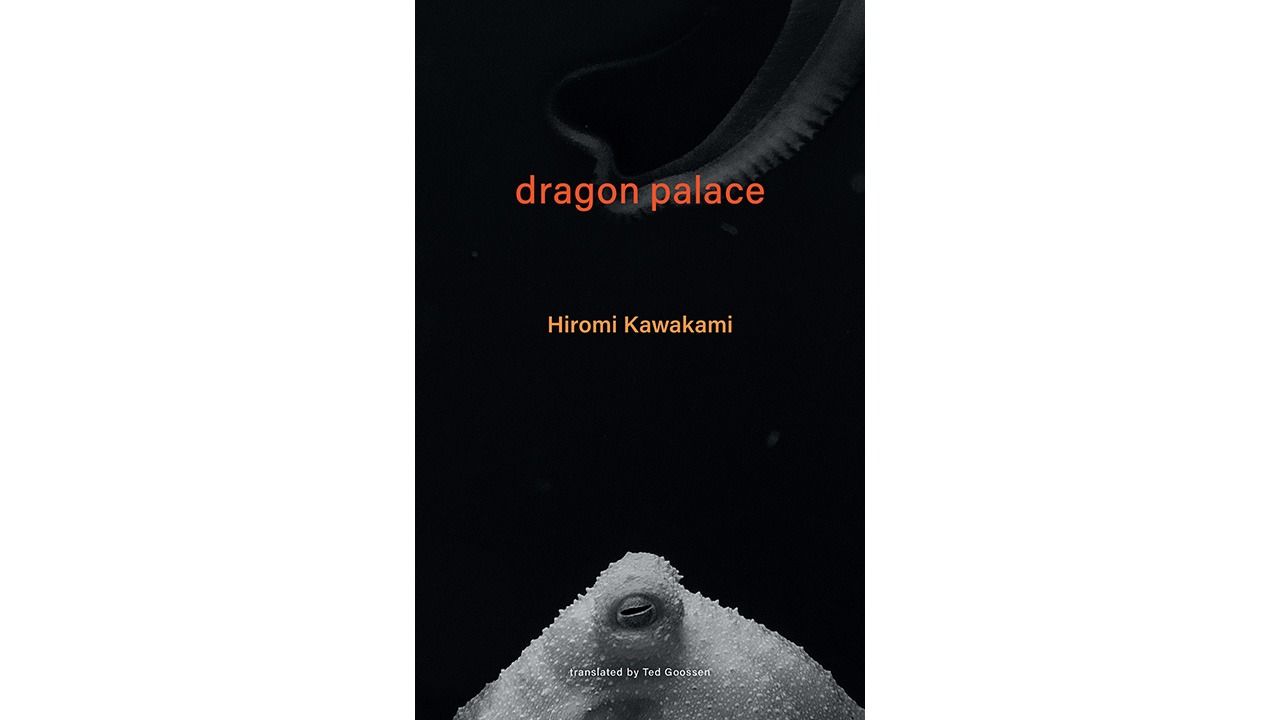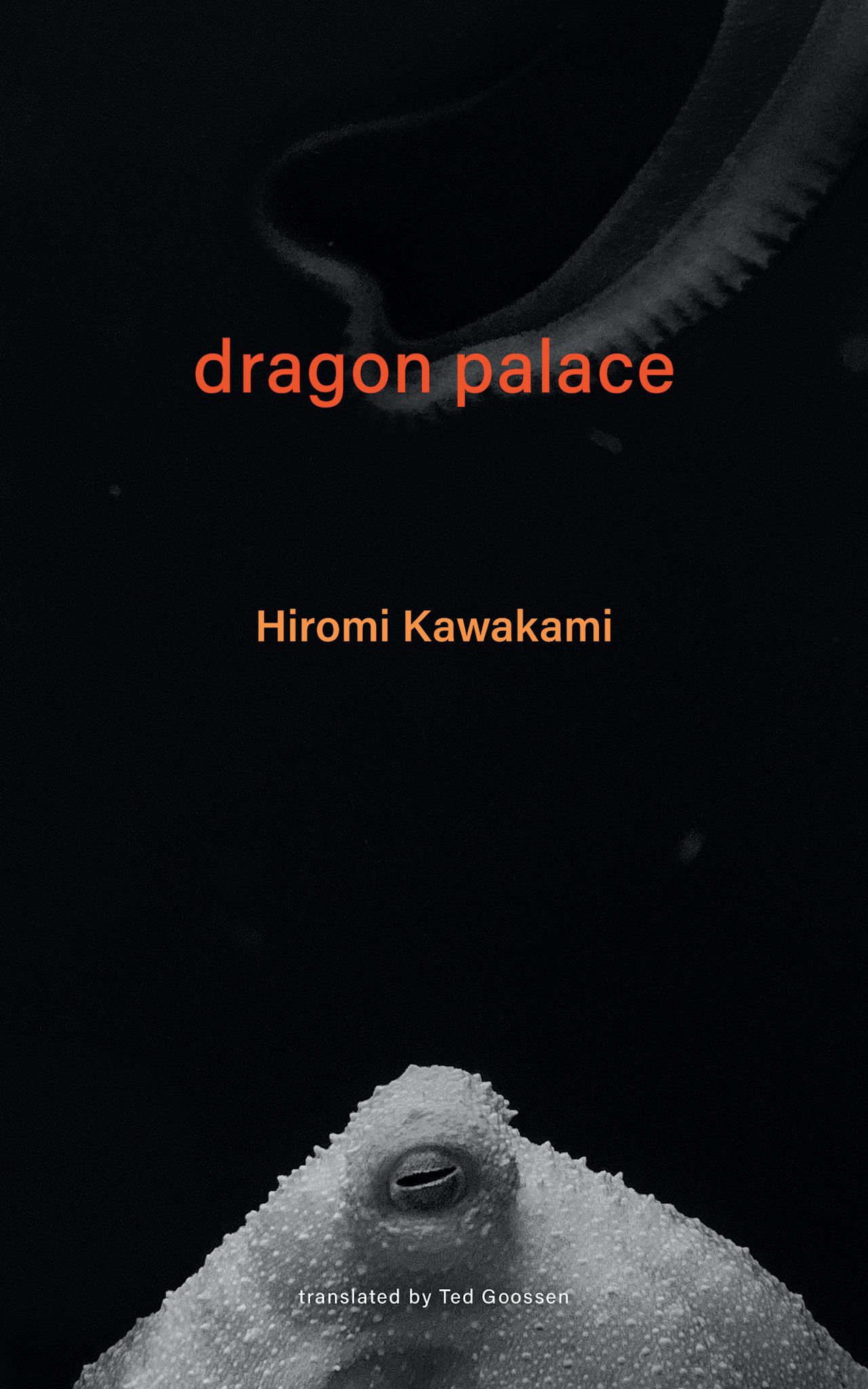
“Dragon Palace”: Shape-Shifting Short Stories
Culture Society- English
- 日本語
- 简体字
- 繁體字
- Français
- Español
- العربية
- Русский
Octopus Seduction
Kawakami Hiromi’s Dragon Palace, translated into English by Ted Goossen from the Japanese Ryūgū (2002), is a collection of short stories inhabited by shape-shifting characters who cross thin boundaries between the worlds of humans, animals, and gods. Kawakami has established herself as one of Japan’s most popular contemporary authors around the world, and with the publication of her latest book, she now has eight available in English translation.
In the opening story, “Hokusai,” a man accosts the depressed narrator, who is staring out to sea, and demands that he buy drinks for them both. Over glasses of shōchū, he claims that he used to be an octopus, and boasts that his seduction of a pearl diver was the basis for a famous print—a reference to Hokusai’s Tako to ama (commonly known in English as The Dream of the Fisherman’s Wife).
Through the fog of drunkenness, the narrator seems to see the man’s body going “soft and blurry,” and the tips of his arms and legs “sprouting small suckers and turning transparent.” A woman the two men pursue also becomes blob-like as they run, until she vanishes into the night. The narrator wants to escape from his freeloading drinking partner, but also feels attracted to the possibility of breaking loose from the human world.
A Mole’s Story
Kawakami often blends metamorphoses and other legendary action with humdrum details from everyday life. In “Hokusai,” one conversation takes place in a children’s playground, where the narrator sits on a concrete squirrel. While this first story maintains the possibility that its fantastic elements are the product of drink-fueled imagination, however, the others are firmly over the line separating them from realism.
Even so, a story like “Mole” has its own bizarre logic. The mole protagonist works at an office in the human world—he describes himself as two-thirds the height of an average man. Once despised by colleagues, he is now generally ignored, except when he’s needed to write an address, as his calligraphy is said to be the best in the company. But this mole also collects humans and takes them to the underground home where he lives with his wife.
The humans he picks up have hollowed out and lost all substance, but do not have the energy to die. He shrinks them so he can carry them home, where he and his wife look after them in the hope that they will recover. If they respond to a tap on the shoulder, they are ready to go back to the world, but if they die, he tosses them into a pit. The outsider mole’s disinterested altruism makes for a strangely touching story.
Far from the Ocean
The final story, “Sea Horse,” shows parallels with “Hokusai” in its protagonist, who leaves the sea for the human world. At first, she is drawn by physical desire for a fisherman, but within six months, he is flat broke, and she is passed on to the boss of the village. “He placed a metal ring around my neck and linked it to a long chain bolted to a stake.”
So begins a life of moving from husband to husband. Even after she is no longer physically confined, she is living far from the ocean and no longer remembers how to get back there. The casual misogyny seen in “Hokusai” is mirrored by the unfeeling treatment of the “sea horse” wife, who is punished for any attempts to escape. With her present husband, however, she has four children and feels “almost completely human.”
Her sons are typical, but her daughter is different. She works in a rental video store after dropping out from school, but there is more to her than that. “Looking at her, I felt as though my original self had been reborn.” There is something “vast and boundless about her.” The daughter’s determination, contrasting with her mother’s resignation, spurs the story on to its climax.
Even as the collection shows considerable variation in style, with stories that follow their own rules and others more comfortable with loose ends, the atmosphere of legends that runs through Dragon Palace gives it a sense of unity. Its explorations of other forms of existence allow for a fresh perspective on our human concerns.
Dragon Palace, by Kawakami Hiromi, a translation by Ted Goossen, is published by Stone Bridge Press on September 19, 2023.
(Originally published in English. Banner image: The cover of Dragon Palace. Courtesy of Stone Bridge Press.)
